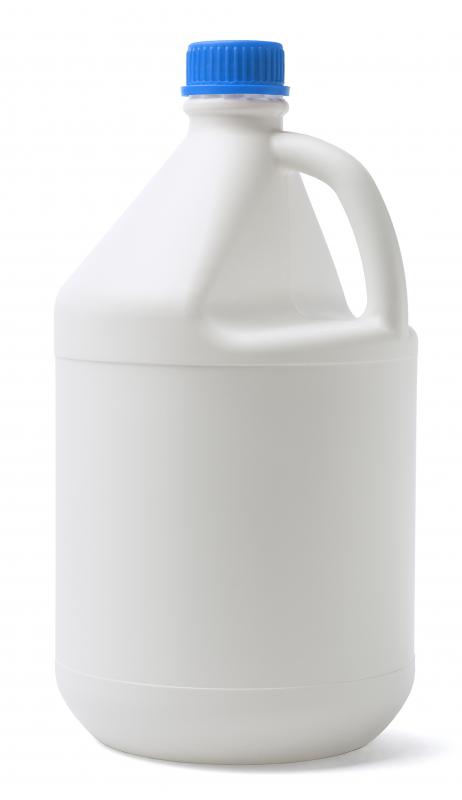At HomeQuestionsAnswered, we're committed to delivering accurate, trustworthy information. Our expert-authored content is rigorously fact-checked and sourced from credible authorities. Discover how we uphold the highest standards in providing you with reliable knowledge.
What Are the Best Tips for Bottlebrush Pruning?
There are several reasons for bottlebrush pruning. Prune to improve the shape, allow clearance, and create the type of landscape that works best in the garden. Bottlebrush plants have a tendency to send up suckers, so it is necessary to trim those back at regular intervals. The bottlebrush is also propagated from cuttings, so careful pruning is necessary to create starts for new bottlebrush plants.
For major shaping and propagation, prune the bottlebrush in early spring, and remove suckers as they appear, throughout the year. It is important to remember that aggressive pruning in the fall may trigger a growth spurt. An early frost can then kill the young growth, leaving the bottlebrush with an uneven shape, and susceptible to further damage.

When removing suckers, use a sharp pair of pruning shears and clip the sucker off even with the ground. Left alone, the suckers will continue to grow, giving your bottlebrush a messy silhouette. Check the plant regularly for suckers, as they are much easier to remove when small.
To perform bottlebrush pruning for shape, step away from the plant and decide which limbs need to go, in order to improve the overall shape of the plant. Bottlebrush pruning is not an exact science, the shape that works best in each garden depends on other landscaping, and the needs of the homeowner. Some people grow one bottlebrush as a specimen plant, with s single trunk that grows into an arching canopy of color. Others prefer to use bottlebrush plants as privacy screens, and prune the tops down so that the plant develops multiple trunks and dense, low growing foliage. Regardless of how aggressively the bottlebrush is pruned, make each cut where a leaf joins the stem.
The heavy flowers of the bottlebrush may pull some of the limbs down over time, creating another reason for bottlebrush pruning. If the plant is located alongside a driveway or sidewalk, prune that side first. After determining how much clearance is needed, work around the tree to create a symmetrical look.
In order to take a cutting from the branches of the bottlebrush, cut a sucker or branch from the plant using a sharp pair of pruners. This creates a clean cut that is less likely to let bacteria or fungus into the growing plant. Dip the cut end of the bottlebrush in rooting hormone, then plant in moist soil.
Proper bottlebrush pruning allows the bottlebrush to grow strong and healthy. This shrub is an excellent choice for landscaping; it grows in a variety of conditions and is resistant to many diseases and pests. The bottlebrush is an evergreen, and has a canopy of spiky flowers that attract hummingbirds while in bloom.
AS FEATURED ON:
AS FEATURED ON:











Discussion Comments
My mother has bottlebrushes along her property line, and she like to let them grow large enough to give her yard a natural fence. She only prunes them as needed, about every other year.
Bottlebrush plants are great to have in your yard or garden because they are hardy and have the tendency to thrive with minimal care. However, because they grow so well, pruning is necessary to keep them looking great. Just like the article suggests, I prune my bottlebrush plant every spring. When I do have to trim it in the fall, I make sure to only cut a little bit off the longest branches to prevent any problems.
Post your comments